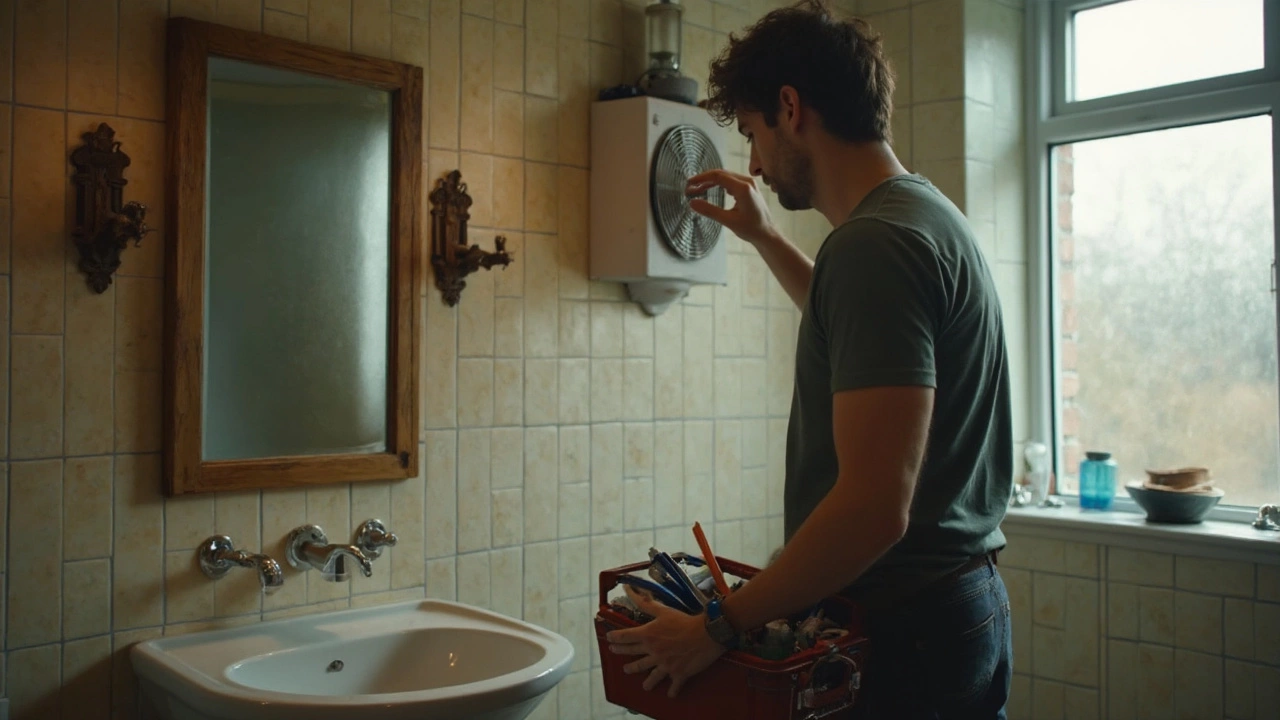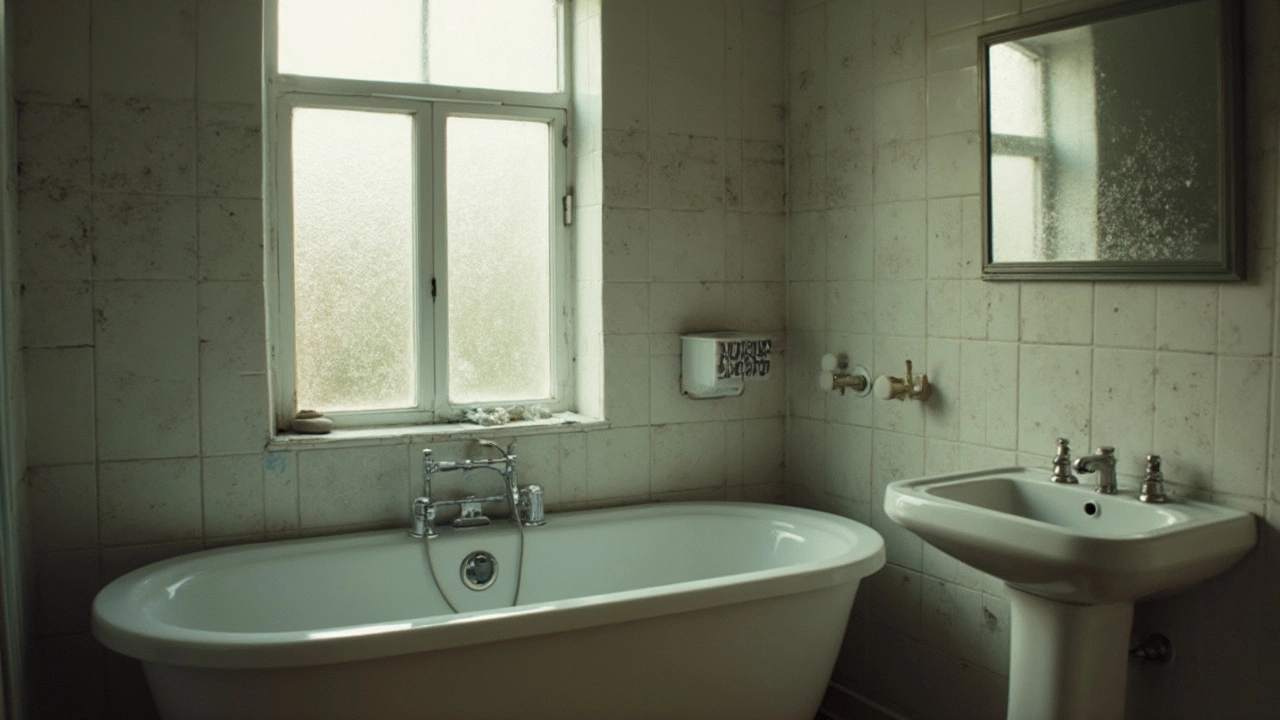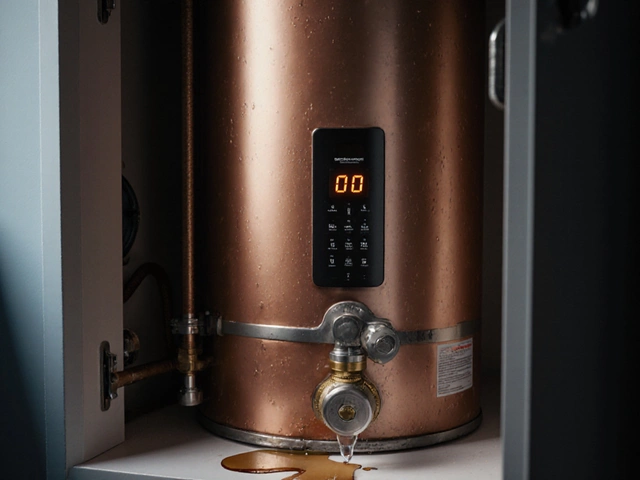If your kitchen fan is making strange noises, blowing weakly, or just looks tired, it's time to take a closer look. A well‑working fan keeps cooking smells, steam, and grease from building up, and it helps your whole home stay fresh. Below you’ll find clear advice on spotting a failing fan, deciding whether to repair or replace, and a step‑by‑step guide for a DIY swap.
Most kitchen extractor fans last between five and ten years, but the exact lifespan depends on how often you use it and how well you keep it clean. Look for these warning signs:
When you see two or more of these signs, start planning a replacement. Replacing a fan is usually cheaper than repairing a motor that’s beyond simple fixes.
Changing a kitchen fan yourself can save you a few hundred pounds. You only need a screwdriver, a drill (if you need new mounting holes), and a new fan that matches the size of your existing duct.
If anything feels uncertain – especially the wiring – call a qualified electrician or a local fan repair specialist. They’ll have the tools and safety knowledge to finish the job quickly.
Regular maintenance can push your fan’s life further. Wipe the exterior weekly, and deep‑clean the interior every six months using a degreaser. A clean fan runs more efficiently and uses less electricity.
When you’re not comfortable doing the swap yourself, look for a tradesperson who lists “extractor fan repair” or “ventilation specialist” in their services. Electricians often handle fan wiring, while a ventilation specialist focuses on ductwork and airflow.
Bottom line: keep an eye on suction strength, noise, and smells. If the fan shows multiple issues, replace it with a matching model and follow the simple DIY steps. A fresh, clean fan will keep your kitchen smelling great and your cooking experience hassle‑free.

Thinking about swapping out your old extractor fan? This guide digs into how easy (or not) it really is to replace an extractor fan in your bathroom or kitchen. Get the lowdown on what tools you'll need, common surprises people miss, and what makes some fans trickier than others. If you're not sure when to call in a pro, we've got your back there, too. Get ready for a clear, no-nonsense breakdown.

Wondering if you actually need an extractor fan? This article unpacks whether having one is essential for your home, focusing on bathrooms, kitchens, and the impacts of poor ventilation. Get practical advice about when an extractor fan is a must, what can go wrong without one, and tips for repair and maintenance. Make sure your living space stays fresh, dry, and hassle-free. Say goodbye to foggy mirrors and damp smells.

Thinking of tackling an extractor fan installation on your own? Doing it yourself can be a rewarding project if you have the right tools and know-how. This guide breaks down the process into manageable steps, explains what to watch out for, and offers practical tips to avoid common pitfalls. You'll learn when it makes sense to go DIY and when you might need to call in a pro.

Electric ovens are handy, but they're not immune to problems. This article breaks down the most common faults people face, from ovens not heating properly to strange noises and error codes. You’ll get real tips on troubleshooting and signs when it’s time to call in the pros. Save time (and maybe some frustration) by knowing what to look out for. Find out why your oven might let you down and how to deal with it.

Spot the top warning signs of a failing hot water heater, from strange noises and leaks to temperature swings and error codes, plus practical fixes and when to call a pro.

Gas hobs can suddenly stop working for a bunch of reasons, from ignition troubles to blockages or problems with gas supply. This article breaks down the main causes, so you don't have to guess what went wrong. You'll learn easy troubleshooting steps and a few quirky facts about why these appliances get stubborn. With some quick checks, you might even save yourself a call to the repair guy. Know when it’s a simple fix and when it’s time for a pro.

Discover what makes some refrigerator repairs more costly than others. From compressor issues to electronic faults, fixing these problems can hit your wallet hard. We'll uncover why some are pricier than others and offer tips on how to avoid them. Learn about preventive measures to save you money in the long run. This guide is a must-read for every fridge owner looking to keep repair costs at bay.

Thinking about installing a new electric oven? It's not always as simple as plugging it in. Discover the ins and outs of electric oven installation with tips on wiring, safety precautions, and when to call a professional. Learn what to check before attempting to plug in a new unit and how to ensure everything's set up correctly for safe and efficient use.